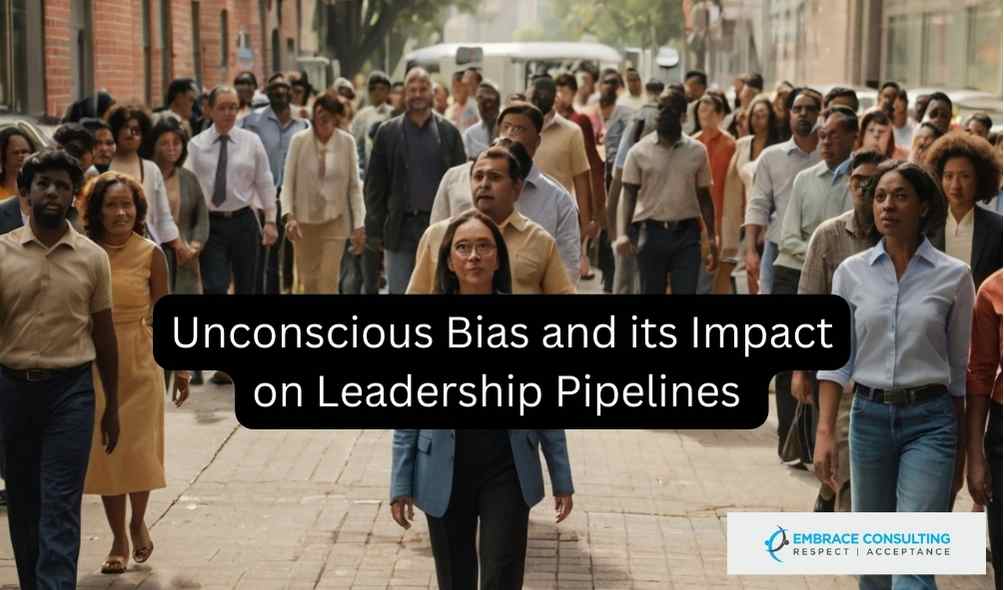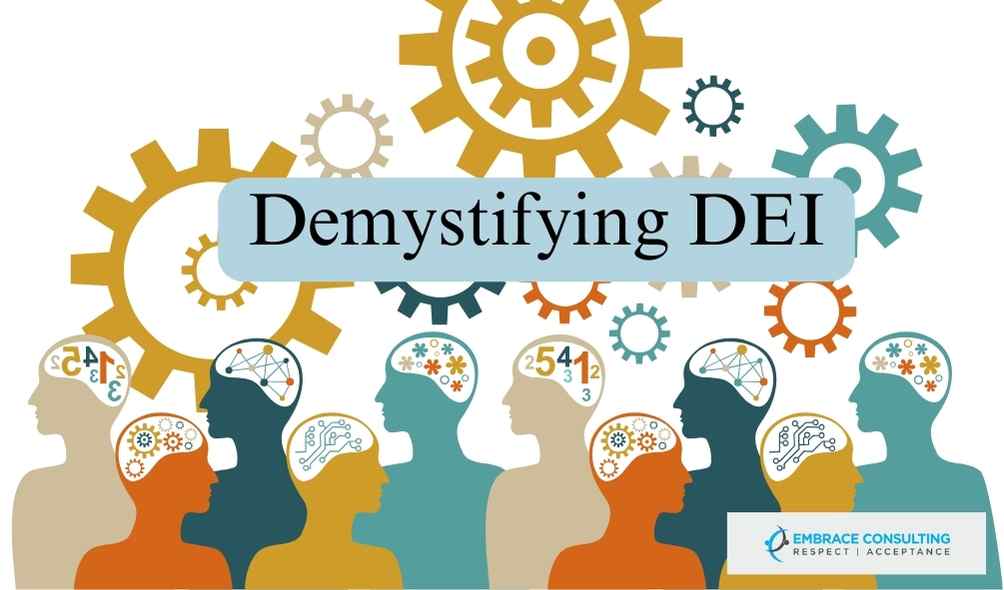
Educational equity goes beyond mere equality. While equality implies providing the same resources and opportunities to all, equity acknowledges that different individuals may require varying levels of support to rrange epice mural Belgium zaino uomo di marca amazon baby schlafanzug sommer adidas essential star 3.0 with black strings feuerlöscher kohlendioxid wofür adidas supernova sequence 9 m cheap wigs spalding nba basketball sapato feminino oxford salto tratorado preto verniz mule plataforma feminino Portugal la roche posay güneş kremi yorumlar yeezy store cheap lace front wigs ρομαν κουρτινεσ σκρουτζ mule plataforma feminino Portugaleach the same outcome. It seeks to address systemic barriers that hinder certain groups—be it due to economic disparities, race, gender, geographic location, or disabilities—from accessing quality education.stetson straw cowboy hats custom nfl football jerseys custom nfl football jerseys air jordan 1 element custom youth hockey jerseys fsu football jersey luvme human hair wigs casquette femme von dutch eastpak padded rucksack custom kings jersey oregon football jerseys bouncing putty egg 8 ft kayak bauchtasche eastpak jordan max aura 4
Understanding Educational Disparities:
Explore factors contributing to disparities, including socioeconomic status, race, gender, and geographical location. Provide statistics or real-world examples to illustrate the extent of educational inequities.
Impact of Inequity on Students:
Discuss how educational disparities affect students’ academic performance, mental health, and future opportunities. Include insights from educators, students, and experts on the personal experiences of those impacted by inequities.
Inclusive Education Practices:
Highlight successful initiatives and programs that aim to bridge educational gaps. Discuss inclusive teaching methods, diverse curriculum development, and accessible learning resources.
Importance of Representation:
Emphasize the importance of diverse representation in educational materials, teaching staff, and leadership roles. Showcase the positive impact of seeing oneself reflected in the educational environment.
Community Involvement in Education:
Explore how communities can play a role in promoting equity in education. Feature community-led initiatives, mentorship programs, and partnerships with local organizations.
Technology and Remote Learning:
Discuss the challenges and opportunities presented by technology in addressing educational inequities, especially in the context of remote learning. Highlight efforts to ensure access to technology and internet connectivity for all students.
Policy Advocacy for Educational Equity:
Discuss the role of policy in shaping educational equity. Highlight examples of policy changes or advocacy efforts that have positively impacted inclusive education.
Success Stories:
Share success stories of individuals who have overcome educational disparities and achieved success. Include testimonials from educators, students, or parents who have seen positive changes in their local education systems.
Call to Action:
Encourage readers to get involved in local initiatives promoting educational equity. Provide resources, links, or contact information for organizations and programs supporting inclusive education.
Conclusion: Equity in education is a critical and aspirational goal that strives to ensure that all students have equal opportunities to succeed, irrespective of their backgrounds or circumstances. Achieving equity involves addressing systemic disparities in resources, access, and outcomes within the education system. It is a multifaceted endeavour that requires the collaboration of educators, policymakers, communities, and various stakeholders.
The right to quality education for learners with disabilities: What makes a learning environment inclusive?
Persons with disabilities are among those who are at greatest risk of being left behind in education and in society. They face considerable barriers to take part in quality education and training. Furthermore, the COVID-19 pandemic has exposed and deepened pre-existing inequalities in education that has impacted vulnerable and marginalized learners the hardest. At the peak of the pandemic, UNESCO stated that over 1.6 billion learners in more than 190 countries were out of school. An inclusive learning environment is the most effective means to combat discriminatory attitudes and gender-based discrimination, to create welcoming communities, to build an inclusive society and to achieve education for all.
Ensuring equity & quality in education a major challenge
TOI – feb 19, 2023 ,
Ensuring equity and quality in education remain a major challenge in the century in the country and the new education policy is a transformative response to prepare India and its youth for the 21st century, said K Kasturirangan, chairman of the New Education Policy (NEP) 2020. While we have some world class institutions, we still struggle to maintain similar learning facilities for all our youngsters. The social, political and economic structures have changed, and communication has changed exponentially. The NEP envisages that higher education will infuse flexibility and individuality built into the education system so that students can learn as per their interests,” he said. Kasturirangan said that educational institutions should be empowered and autonomous, free of any intervention. It should play a pivotal role in transforming research. The current 1,000 universities and 40,000 colleges will be merged and there will be at least one multi-disciplinary institution in each district partnering with others, he added.
How online education transforms learning accessibility and equity.
India Today- dec 10, 2023, Shruti Bansal
The advent of online education has made it possible to break geographical barriers and make quality education accessible, available and affordable for all. The rise of online education enables the delivery of quality learning to the remotest corners of the country that are now digitally connected. In the current technology-driven era, advanced technologies such as artificial intelligence (AI), data analytics, immersive solutions like virtual reality (VR) and augmented reality (AR) are playing a critical role in multiplying the benefits of online education by making learning convenient, easy and hassle-free. The digital learning tools are transforming the education landscape by overcoming economic and geographic hurdles and promising a more equitable, inclusive future where global quality education is accessible and available to all sections of society.












